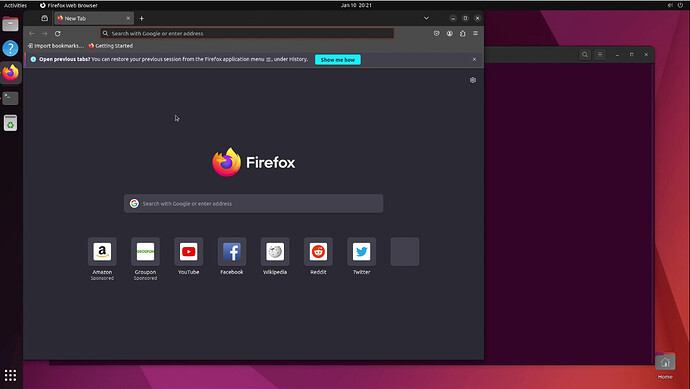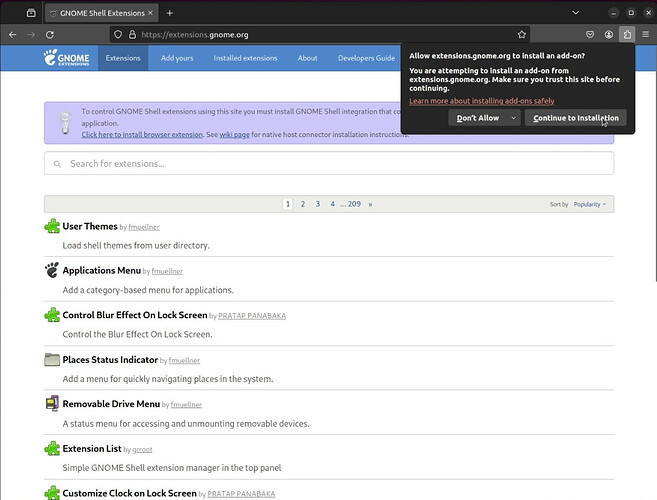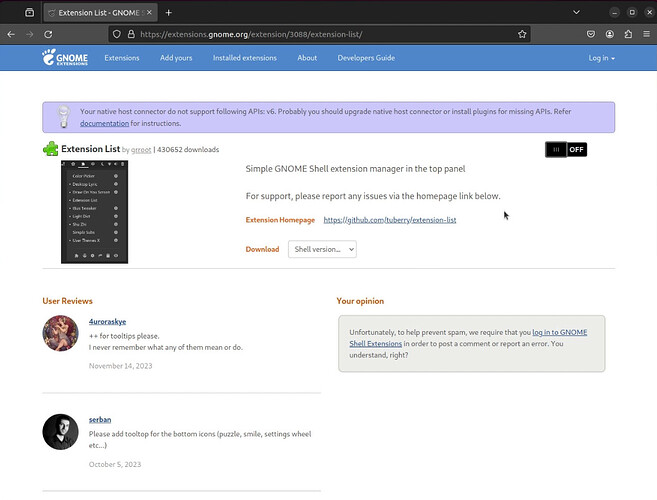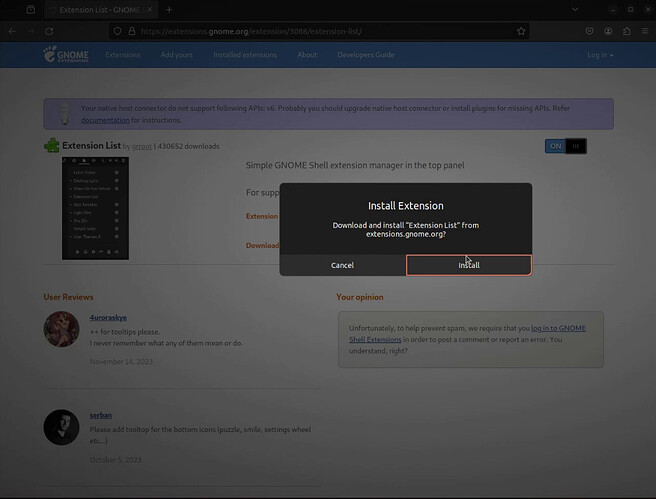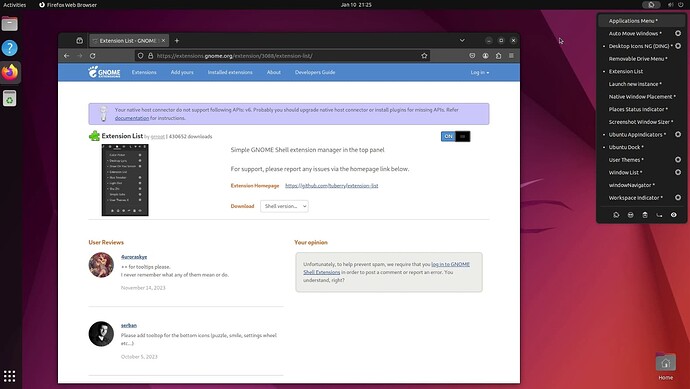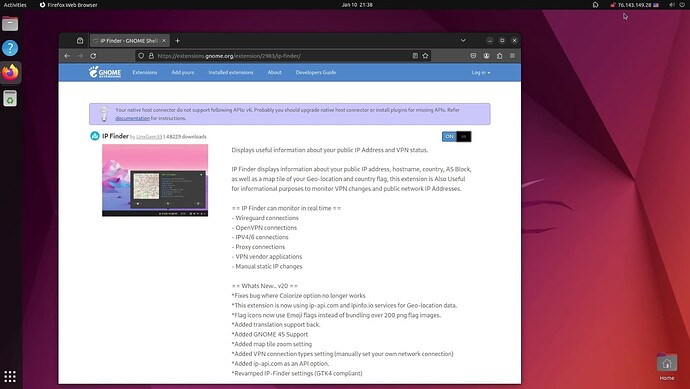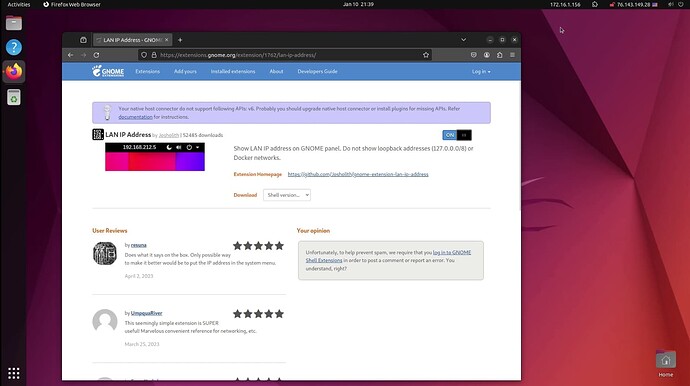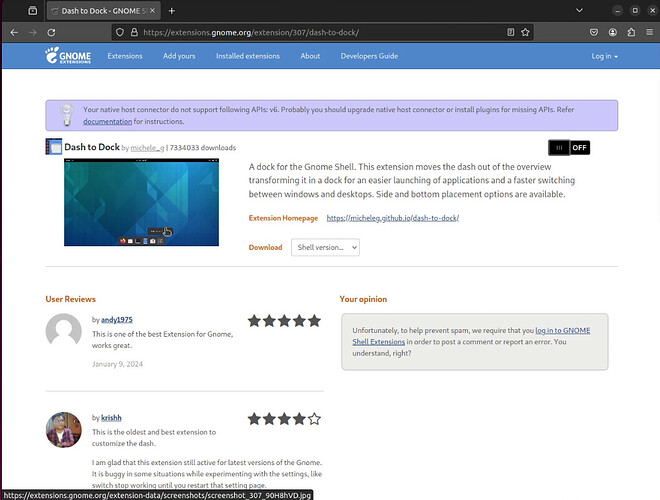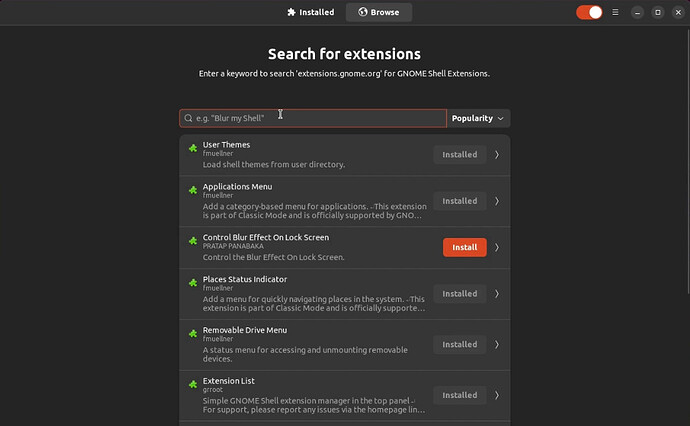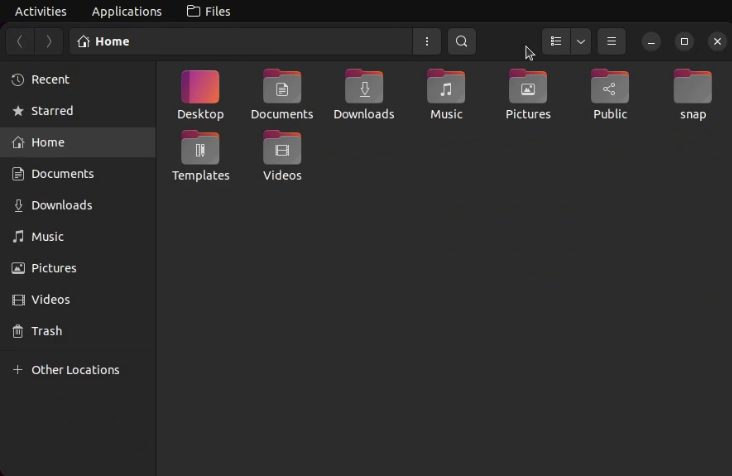This is a simple tutorial describing some basic customizations for an Ubuntu desktop to make it more usable and also to help users coming from Windows realize that they can customize any Linux distro without the need to “distro hop” to get what they want.
Installing most Linux desktops is easy. The choices for customizations that you have in Linux are nearly unlimited.
In the tutorial, I begin by launching a terminal. You can change the font size in the terminal with a Shift CTRL + and you can make it smaller with a CTRL -.
We can install Firefox as an “apt” package instead of as a snap package which is the default with Ubuntu 22.04. Generally packages installed natively with apt run faster than either snaps, flatpaks or appimages. In addition, snaps, flatpaks and appimages do not always integrate well into a customized desktop environment.
In order to install Firefox as an apt package in Ubuntu, you must first launch a terminal in Ubuntu with a CTRL ALT T and then uninstall the snap with the following command:
sudo snap remove firefox
Install the Mozilla repository which has the latest version of Firefox:
sudo add-apt-repository ppa:mozillateam/ppa
Copy the following as a single line and run it in the terminal to change the installation priorities to favor the Firefox installation over the snap:
echo '
Package: *
Pin: release o=LP-PPA-mozillateam
Pin-Priority: 1001
' | sudo tee /etc/apt/preferences.d/mozilla-firefox
Update your repositories:
sudo apt update
Install Firefox:
sudo apt install firefox
To take any other updates after the “sudo apt update” you can update them:
sudo apt upgrade -y
If you prefer the dark them for your Firefox and other programs in Ubuntu, head over to the settings from the menu in the upper left hand corner and then select the appearance option on the right.
Once you are there, select the dark theme:
Now Firefox launches with the dark theme.
Open a terminal with CTRL ALT T and install these general tools:
sudo apt install net-tools git wget nano -y
Tools which help with the visual appearance of Ubuntu should also be installed:
sudo apt install gnome-tweaks gnome-shell-extensions gnome-shell-extension-prefs
Go into your Firefox web browser and navigate to:
https://extensions.gnome.org
Click the option to install the browser extension and “continue to installation”:
Next, click the “Add” option on the following popup:

You will then see the following confirmation and you can click “OK”.
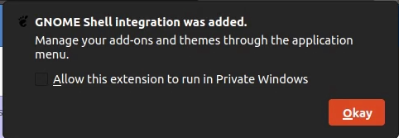
At this point if you refresh the page or even restart Firefox, you will get this error:
Simply log out of Ubuntu and log back in and the error will be gone.
I like to installation the “extension list” extension:
To install this (or any) extension, toggle it to “on” and you will get a popup where you will click the “Install” option:
This extension gives you a puzzle piece on your top bar and lets you configure all of your install extensions.
Go search for and install "IP Finder and it lets you see your ISP WAN address that is granted to you on your top panel.
Another nice extension is “LAN IP Address” which shows you the LAN address of your computer on the top panel.
Another useful extension is “Applications Menu” and it adds a pull down menu on your top panel for your applications as an alternative to using the app drawer:
Here’s how it looks:
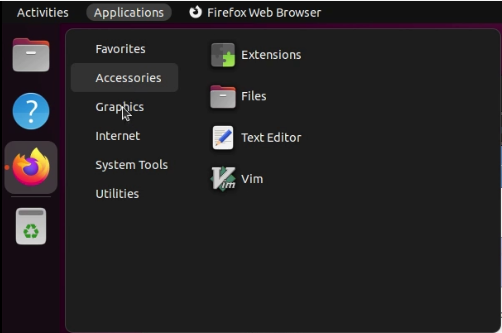
For a different menu experience, search for “Dash to Dock” and install it:
Dash to Dock is highly configurable and by default it places your menu at the bottom of the screen as opposed to on the right, but this too is configurable:

There is also another way to manage your extensions. Open a terminal with CTRL ALT T and then install the following:
sudo apt install gnome-shell-extension-manager
Here’s how it looks as compared to the one we installed earlier:
This extension manager allows you to search for and install new extensions without using the browser as we did before.
At this point in the video, I covered some things that you can do with “Dash to Dock” and there are many others that you can explore for yourself.
The other thing that I like to do in Ubuntu is to replace the Nautilus File Manager with the Nemo File Manager which I think is more powerful. Follow my tutorial at the following link on installing the Nemo File Manager and having it manage the desktop.
This is the default “Nautilus” File Manager:
This is the “Nemo” File Manager.

Nemo does a lot of things a lot nicer as shown in the video and I configure all of my Ubuntu systems with Nemo.


